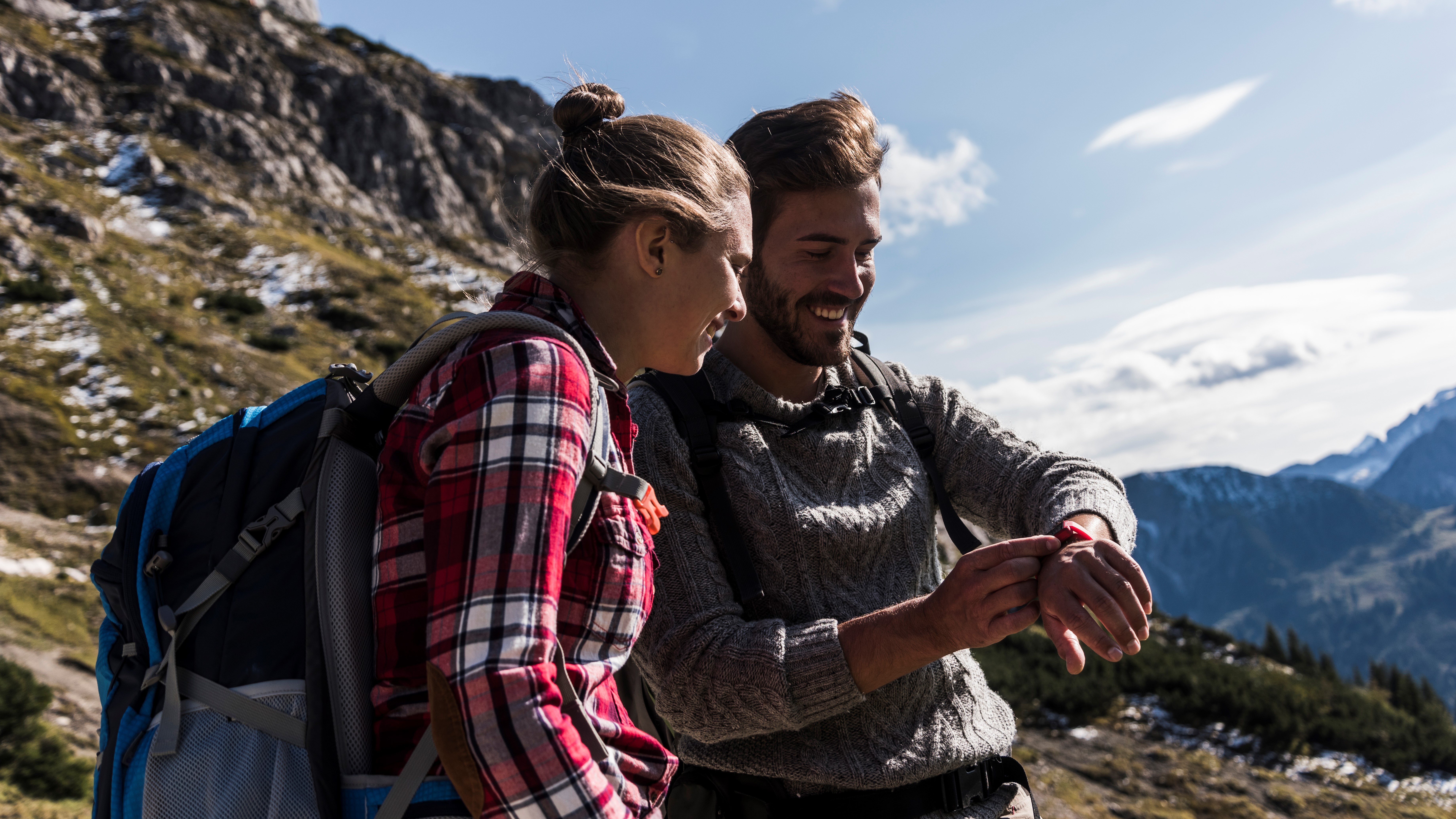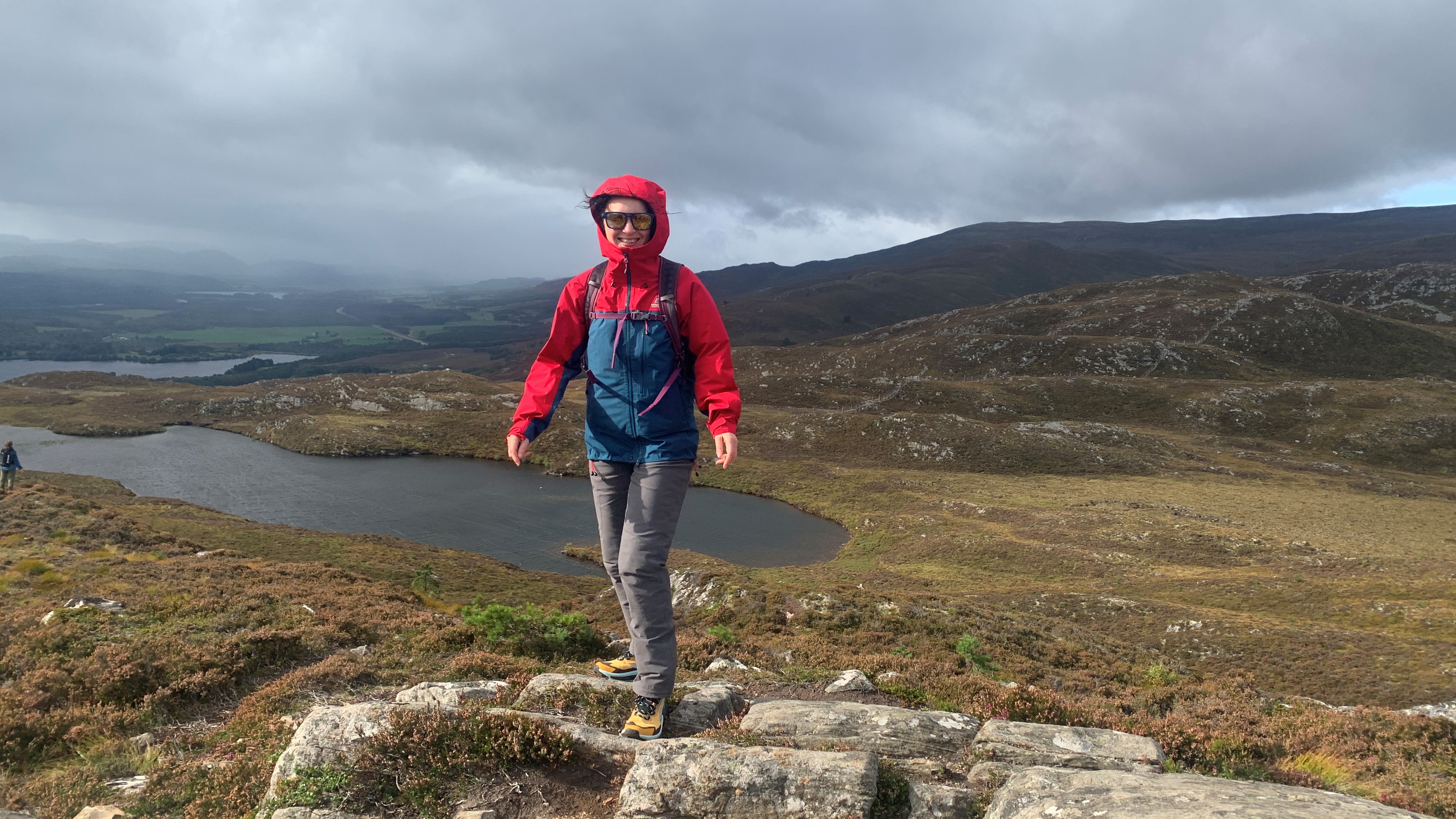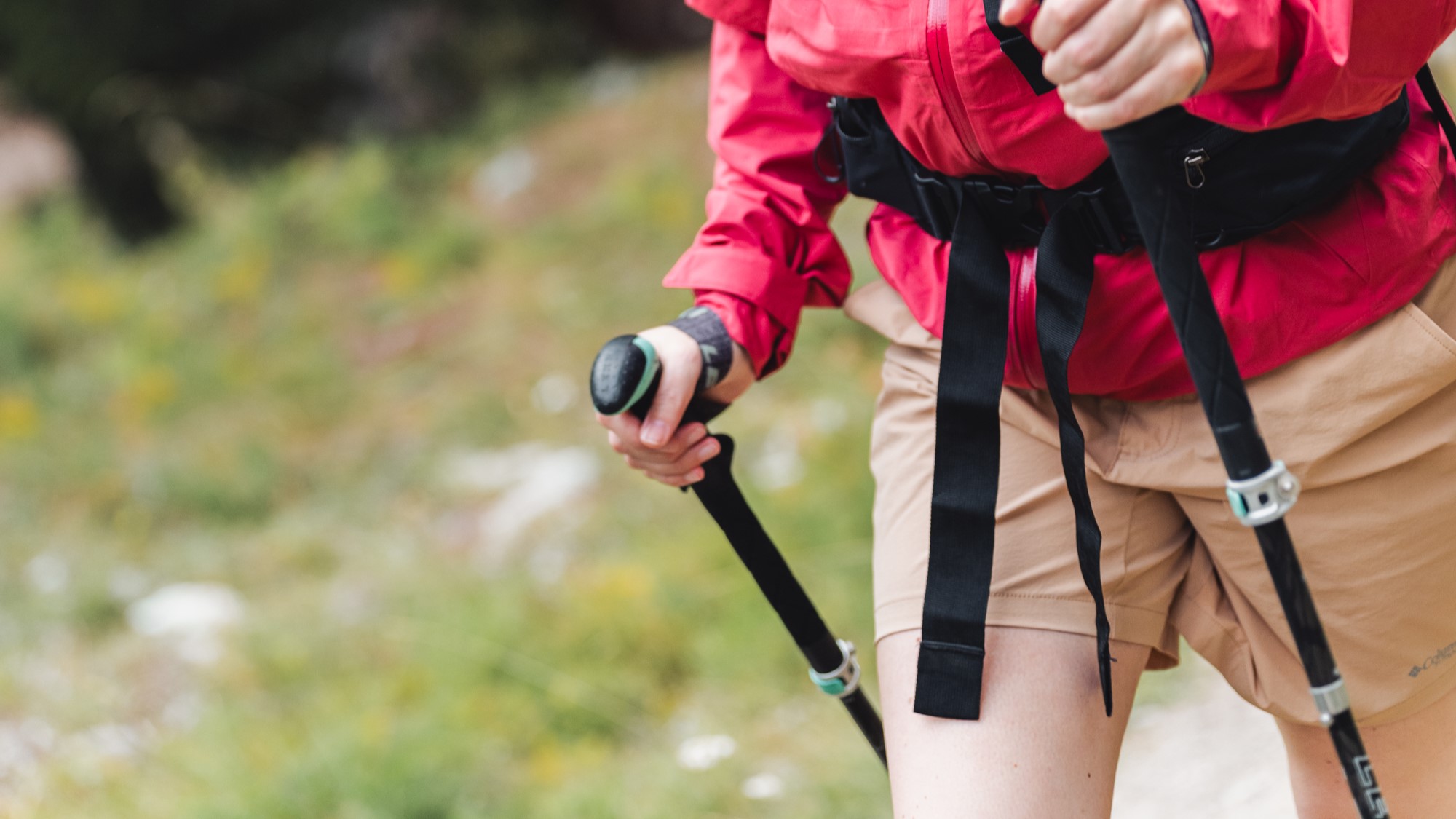Short on time? Check out these 4 hacks to maximize your hike
Get the most out of your hikes when time is in short supply

Do you have a boundless love for getting out there in your hiking boots, but a busy life brimming with deadlines and school pick-ups? If you don’t have endless time at your disposal to spend on the trail, you might be looking for ways to get the most out of your hikes.
Over the years, I’ve run the gamut from freelancer with practically unlimited time to hike to full-time desk jobs where I'm hard-pressed to get enough time on the trail to keep me sane. I've come up with a few creative ways to maximize my time on the trail when that time isn't as long as I'd like.
There are obviously practical things you can do, like picking trails close to home to cut down on travel time, and in the summer months you can hike much earlier in the morning and later in the evening. But if you've only got an hour or two, try these four hacks to get the most out of your time on the hiking trail.

1. Try rucking
If you’ve ever gone hiking with a friend who’s bigger than you and then compared your calorie expenditures on your GPS watches afterward, you’ll have noticed that they burned more calories than you did doing the exact same activity. Annoying, but as it turns out, all you need to do to reap more reward from your own hike is to weigh more yourself.
Rucking is a term for hiking with a weighted backpack. It’s a common military training tool, but at first, I was a little skeptical. There is research that shows that the way it’s implemented in the military can be injurious, and I primarily hike to enjoy the outdoors and get away from the grind. So adding unnecessary weight – meaning that which is outside of the typical hiking essentials I always pack – somehow felt a little too gym-oriented for my liking.
But once I tried it on a short hike in England’s Lake District, I got it. If you make yourself heavier and resist the urge to slow down, you’ll improve your cardiovascular endurance and work your leg muscles more. And as long as you adjust your backpack properly, it's really not uncomfortable.
Contrary to what you might think, you don’t need to add a ton of weight to make a difference. In the beginning, you can add just five or ten pounds to your backpack using a filled water bladder or sandbags (I’ve even carried a boulder as an experiment). Just remember that adding load of any kind places new stress on your soft tissues, so make sure you increase the weight slowly to give your body time to adapt.
Advnture Newsletter
All the latest inspiration, tips and guides to help you plan your next Advnture!

2. Take on steeper slopes
I love a long day on the trail and I have to admit that I can get a little grumpy when I don’t have much time to enjoy the outdoors. If my time is limited, I’ll pick a short but steep lung buster instead of just settling for a shorter section of a meandering trail and turning back early and unsatisfied.
A 2015 study in the Journal of Biomechanics found that those who walked at a 10 percent incline burned 30 percent more calories than those who walked on the level. Any time I’m climbing up a steeper slope, my sports watch shows greater calorie burn, my heart rate increases and I can feel my leg muscles working harder. Even half an hour of a sustained pace on a slope that’s 30 percent or more feels like a great workout compared to a couple of hours of mellow walking.
Wondering how to determine how steep a trail is? My Coros Pace 3 watch tells me that, but you can also look at topographical maps to get a feel for how steep a slope you’re in for, or use navigational apps to determine how much climbing is involved. In general, a trail that gains over 500 feet per mile is going to be tougher.
One of my tricks is to check the route profile which I do with AllTrails+ and if most of the elevation gain is in the first mile or two, I know I can easily get some good return by just doing the first part of the hike. With it being a quick climb I can usually rely on some nice views, too.

3. Pick up the pace
If weighted backpacks and steep slopes just don’t sound like your thing, there is another possibility, and that’s to go faster. Among other benefits, a 2023 study in the Journal of the American College of Cardiology found that lower mortality risk among walkers increases when you move at a moderate to fast pace.
I’m not saying there’s anything wrong with being a slow hiker. In fact, there’s a lot to be said for taking your time and enjoying the journey. But if you know you could go a little faster and take fewer breaks, you’ll not only ask your cardiovascular system to work harder, you’ll see more of the trail in the same amount of time.
You also don’t have to run – although I’ll admit that I do sometimes opt for an adventure in my trail running shoes when I’m short on time – but trying to hike in the 2.5 to 3.5 per mile zone will help.
This is another one you need to approach with care, so find a pace that still feels sustainable, and see if you can keep it up for half an hour without pausing. Getting a GPS watch to track your pace, shortening your stride and paying attention to your posture may help – get more ideas in our article on how to walk faster.

4. Use trekking poles
I hiked for years without trekking poles, not because I thought there was anything wrong with them. I just didn’t think I needed them. Then I had a couple of knee surgeries and got a pair of Leki poles to suoport my knee for downhills. I quickly discovered how much they improved my hiking technique and now I use them all the time.
You might think trekking poles are mainly to help you keep your balance, take the strain off your knees or signal to others that you’re a serious hiker, but there’s actually research to suggest they have other benefits.
A 2023 scientific review published in Bioengineering found that using poles leads to higher oxygen consumption (VO2 max) without increasing your rate of perceived exertion. Basically, it means you work harder, but you don’t feel as though you do. Furthermore, your heart rate will be higher climbing up a slope with poles than without, most likely because you’re getting your arms involved, so you’re getting a better cardiovascular workout.
I have hiked the same mountains with and without poles and personally find they make me move more efficiently, so I tend to be faster, but don’t feel as though I’ve put in more effort (in fact, I now feel it’s harder to hike without poles). If walking with poles doesn’t come naturally to you, check out our guide to how to use trekking poles.
Julia Clarke is a staff writer for Advnture.com and the author of the book Restorative Yoga for Beginners. She loves to explore mountains on foot, bike, skis and belay and then recover on the the yoga mat. Julia graduated with a degree in journalism in 2004 and spent eight years working as a radio presenter in Kansas City, Vermont, Boston and New York City before discovering the joys of the Rocky Mountains. She then detoured west to Colorado and enjoyed 11 years teaching yoga in Vail before returning to her hometown of Glasgow, Scotland in 2020 to focus on family and writing.

